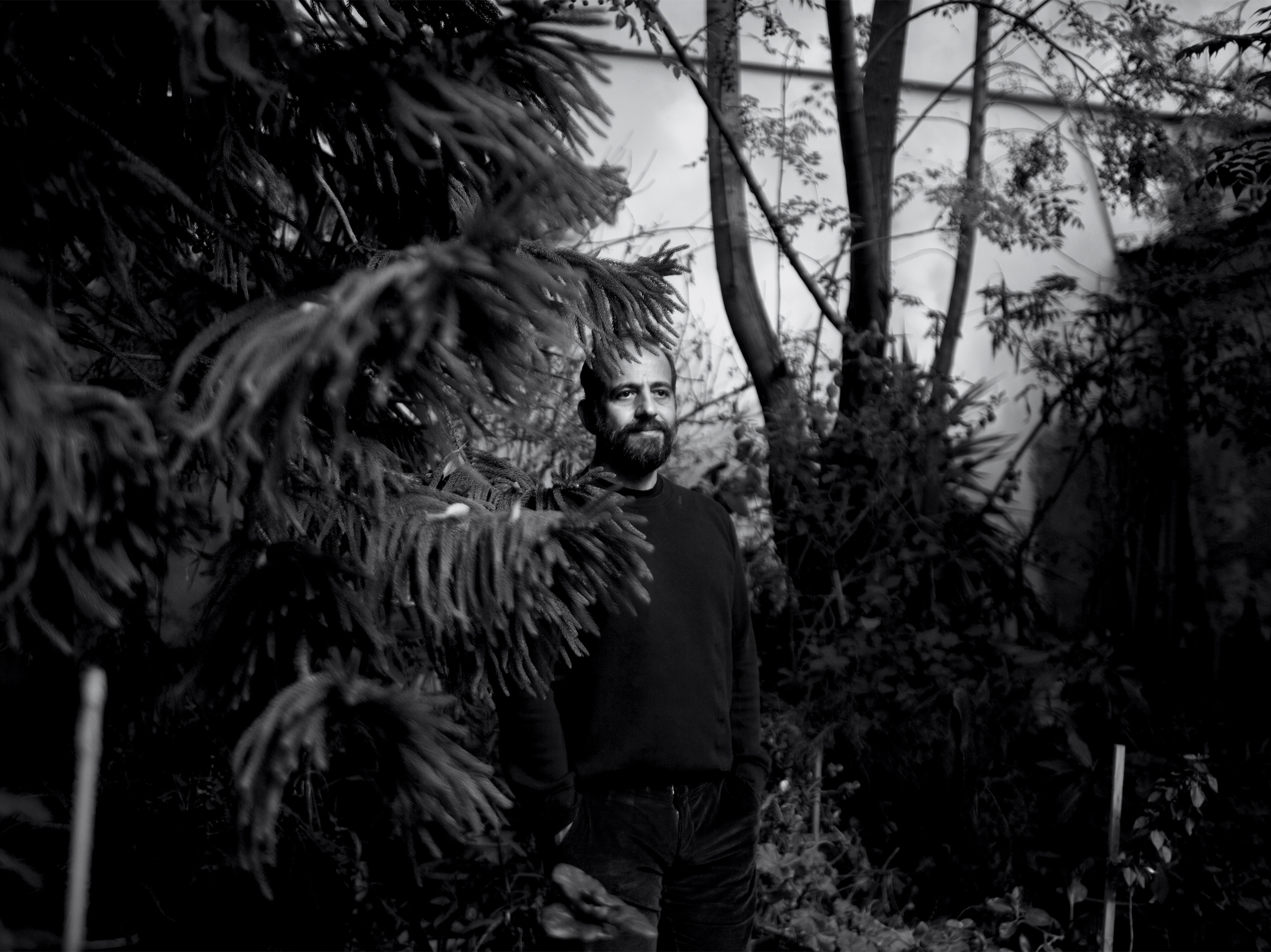
History is passed down across generations in three ways — written records, oral tradition and a needle. Whilst pinpointing the origin of textiles is akin to finding the third in a haystack, it comes as no surprise that these threads are closely entangled with the human experience. The Sense and Sensibilities textile gallery, curated by […]
New Year, new you and a whole new home? As the 21st century reaches a quarter-turn, we look to Häfele, an international company offering the latest hardware, fitting and electronic locking systems since 1923. With patrons from 150 countries, Häfele adapts to the unique cultural preferences of each, spreading their expertise and performance around the […]
No results found.